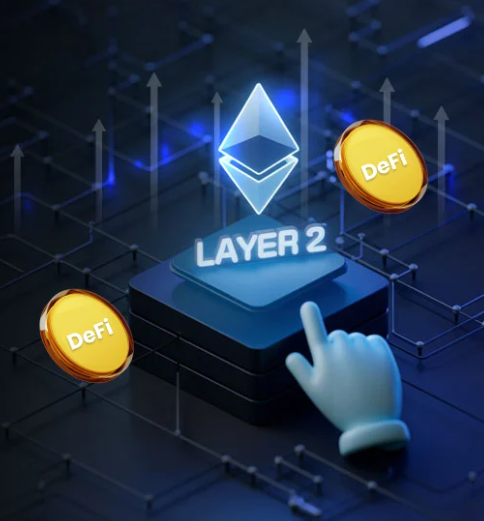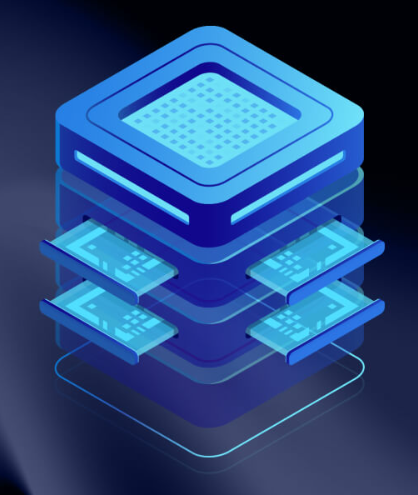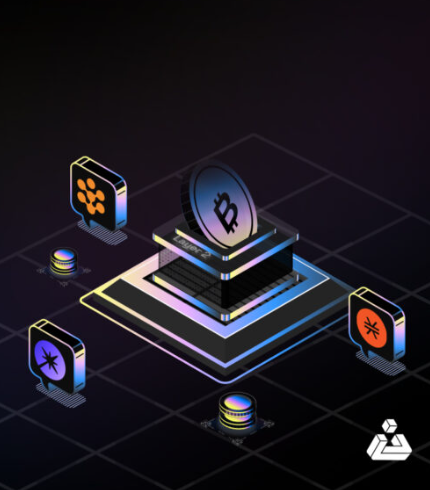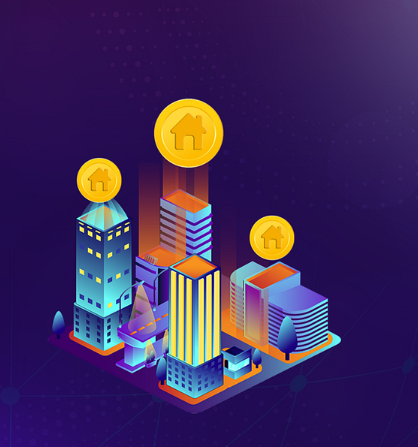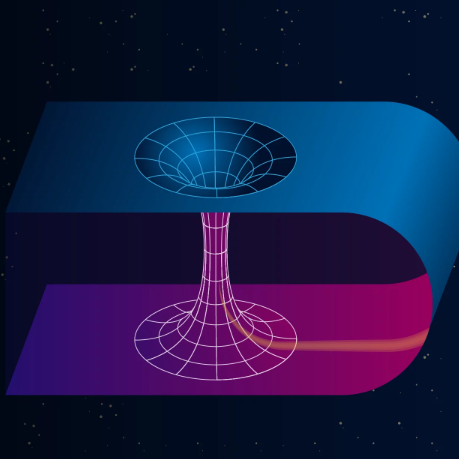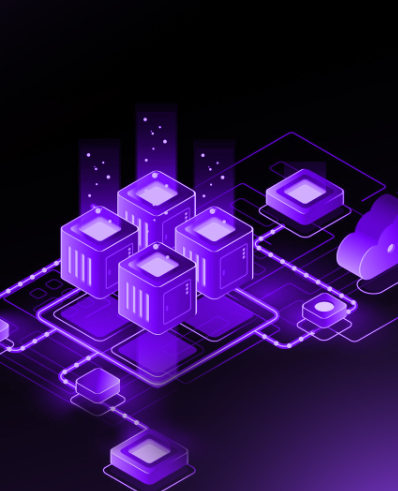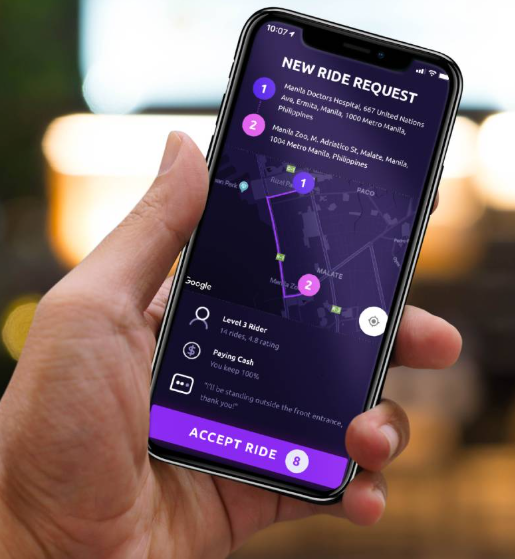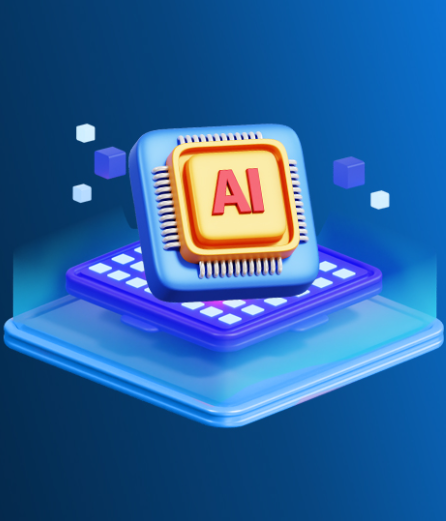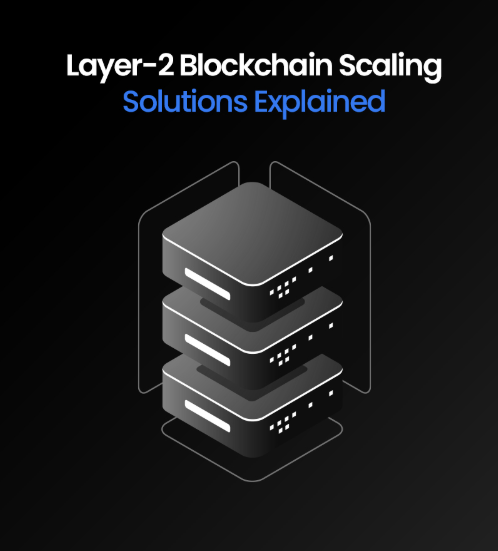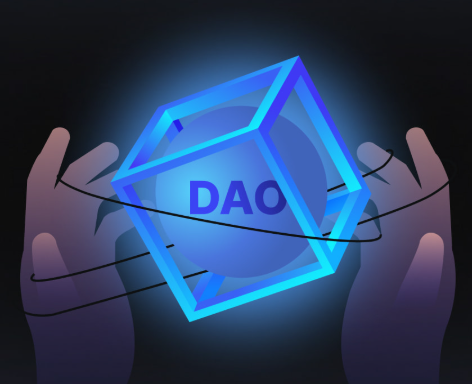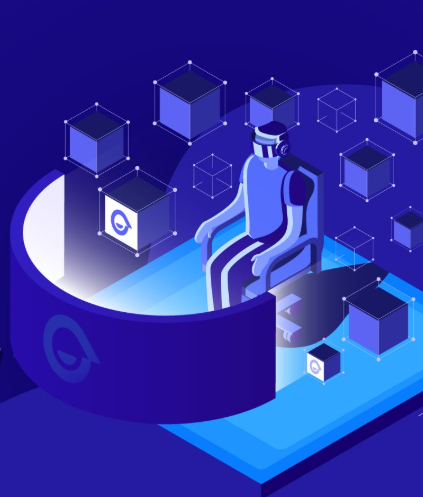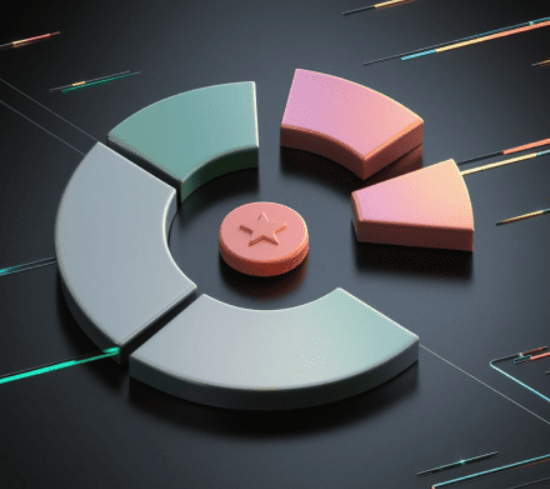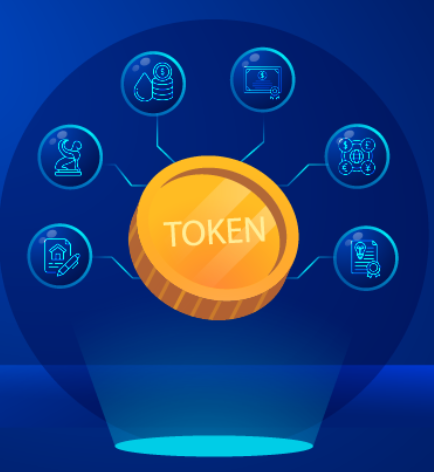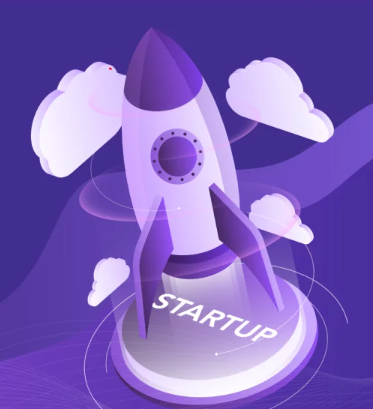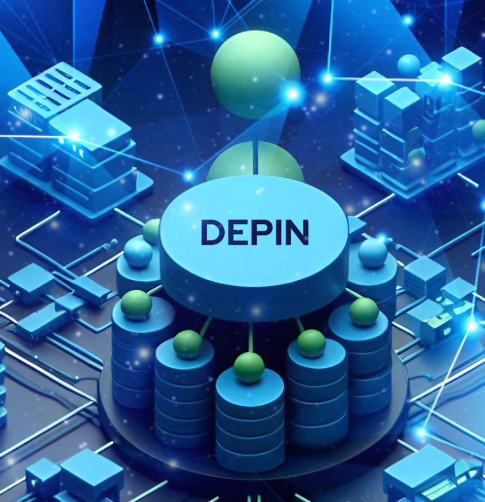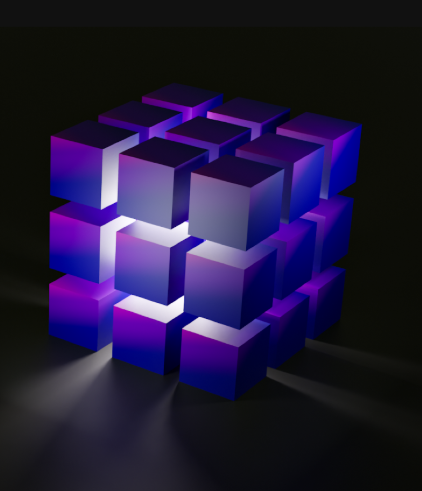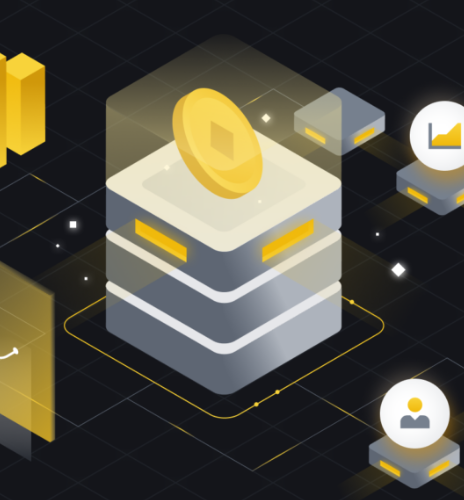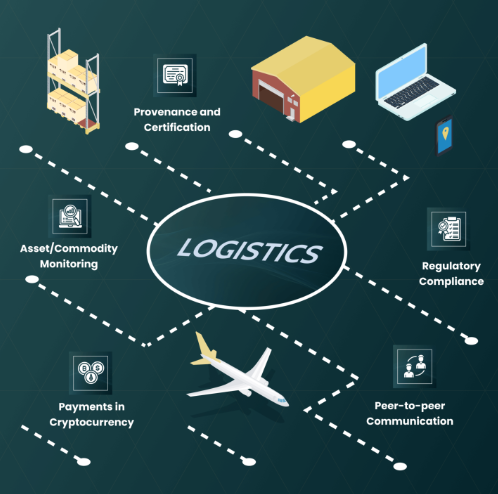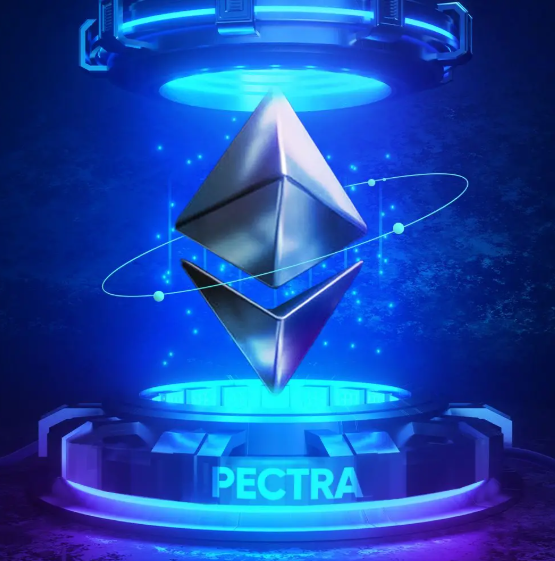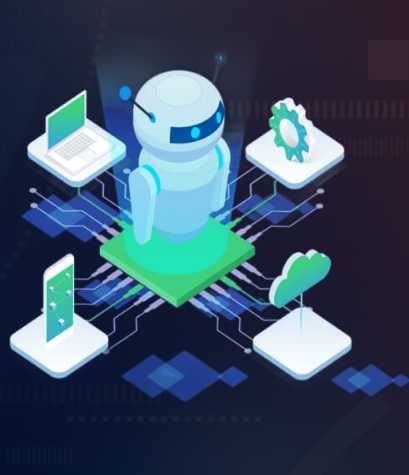
The advent of decentralized AI training networks is reshaping how artificial intelligence (AI) is developed, offering a more secure, scalable, and inclusive approach. These networks leverage blockchain technology to enable collaborative AI development, democratizing access and addressing issues like data privacy and high computational costs. For Web3 founders, creating decentralized AI systems is not only a technological advancement but a necessary strategy to foster innovation and trust in AI applications. This blog explores how decentralized AI networks work and provides actionable insights for Web3 entrepreneurs interested in tapping into this evolving field.
The Key Advantages of Decentralized AI Networks
1. Strengthened Security and Data Privacy
In traditional AI systems, centralized data storage poses significant security risks. Decentralized networks, on the other hand, ensure that sensitive data remains on individual nodes, preventing potential breaches and ensuring privacy.
Example: Bittensor, a decentralized machine learning platform, uses blockchain to tokenize contributions while preserving data privacy with cryptographic verification. Contributors earn TAO tokens based on their computational efforts.
2. Enhanced Scalability Through Distributed Computation
Unlike centralized AI systems that rely on the computing power of a single data center, decentralized networks distribute computational tasks across numerous nodes. This distributed approach enables massive scalability.
Example: Golem Network allows users to rent out unused computing power, providing a more affordable solution for AI model training compared to centralized cloud providers.
3. Increased Access to AI Development
Decentralized networks lower the entry barriers for smaller organizations and independent researchers by offering shared resources and transparent governance systems.
Example: Ocean Protocol empowers data owners to monetize their datasets securely while providing developers with high-quality data to train AI models.
4. Better Transparency and Accountability
Blockchain’s immutable ledger ensures full traceability of every step in an AI system’s lifecycle, fostering transparency and trust among users.
Example: Fetch.ai uses blockchain technology to enable AI agents to interact autonomously and transparently, recording each transaction on the blockchain for accountability.
How Decentralized AI Training Networks Operate
1. Distributed Computation
In a decentralized network, computational tasks are distributed across multiple nodes. Each node trains a portion of the model using local data, contributing updates to a global model via blockchain consensus mechanisms. This ensures real-time updates without compromising data security.
Example: Viso Suite leverages edge devices for decentralized real-time training in applications like facial recognition and object detection.
2. Federated Learning
Federated learning allows devices or nodes to train models locally, sharing only model updates instead of raw data. This approach enhances privacy and allows for collaborative learning from diverse datasets.
Example: Restack.io scales federated learning across thousands of devices, ensuring privacy while enabling collective model training.
3. Tokenized Incentives
Decentralized AI networks incentivize contributions—whether in the form of computational power or datasets—by offering token rewards. These tokens can be used within the network or exchanged for other assets.
Example: Bittensor uses TAO tokens to reward contributors based on their computational input and the accuracy of their model training efforts.
A Roadmap for Web3 Founders Building Decentralized AI Training Networks
Building a decentralized AI network involves strategic planning, from infrastructure design to tokenomics and governance. Here’s a step-by-step guide for Web3 founders aiming to create decentralized AI ecosystems.
Step 1: Identify Your Use Case and Target Industry
Define the specific problem your decentralized AI network will solve. Different industries require tailored approaches to network architecture.
- Healthcare: Secure AI model training on medical data without transferring it off-site (e.g., X-ray analysis).
- Finance: Decentralized trading bots that execute transactions autonomously using smart contracts.
- Manufacturing: AI systems to monitor production lines in real-time, avoiding reliance on centralized servers.
Step 2: Choose the Appropriate Blockchain Infrastructure
Selecting the right blockchain infrastructure is essential for scalability, security, and interoperability.
- For Scalability: Use Layer-2 solutions like Optimism or Arbitrum to minimize transaction costs and latency.
- For Interoperability: Integrate cross-chain messaging protocols such as LayerZero or Axelar for seamless blockchain interaction.
- For Security: Opt for blockchain platforms with strong consensus mechanisms like Polkadot or Cosmos.
Step 3: Implement Federated Learning Frameworks
Federated learning allows devices to train models locally while preserving data privacy. Utilize frameworks such as TensorFlow Federated or PySyft to enable collaborative model training without centralizing data.
Step 4: Design Tokenomics for Incentives
To attract contributors, design a sustainable tokenomics model that balances rewards with long-term viability.
- Staking Rewards: Encourage long-term participation by allowing users to stake tokens in exchange for rewards.
- Burn Mechanisms: Control token inflation by introducing mechanisms that burn excess tokens.
- Dynamic Rewards: Adjust rewards based on network demand and available resources.
Example: Ocean Protocol enables data owners to monetize datasets securely while developers access valuable data for AI training.
Step 5: Develop Developer-Friendly Tools
Web3 projects depend heavily on developer contributions. Providing effective tools accelerates adoption and simplifies onboarding.
- Cross-Chain SDKs: Utilize tools like Cosmos SDK or Hyperlane to allow developers to easily build interoperable applications.
- Grants & Hackathons: Host hackathons and offer grants to encourage developers to contribute innovative solutions.
Step 6: Ensure Network Stability with Monitoring Tools
Monitoring tools are essential to ensure the network’s stability. Disruptions like packet loss or latency can affect performance, so real-time monitoring is crucial to address issues proactively.
Example: Forta Network reduces phishing attacks by approximately 60% through real-time anomaly detection.
Step 7: Scale Gradually Across Chains
Scaling too quickly can lead to inefficiencies and security issues. Start by deploying your network on one or two chains and expand incrementally based on user demand and liquidity.
- Begin with chains that align with your target audience (e.g., Ethereum for institutional users, Solana for retail traders).
- Expand to additional chains as user demand and liquidity opportunities grow.
Example: Synthetix V3 uses LayerZero’s messaging protocol for cross-chain staking and liquidity pooling between Ethereum and Optimism, significantly boosting capital efficiency.
Conclusion
Decentralized AI training networks represent the future of AI development by combining the power of Web3 with artificial intelligence to create transparent, secure, scalable, and inclusive ecosystems. For Web3 founders, building such networks involves strategic planning across various elements—distributed computation, federated learning, tokenomics, and strong governance structures. These networks not only enable more equitable access to AI development but also reduce costs and enhance the trustworthiness of AI systems, creating a foundation for innovation in a decentralized world.





